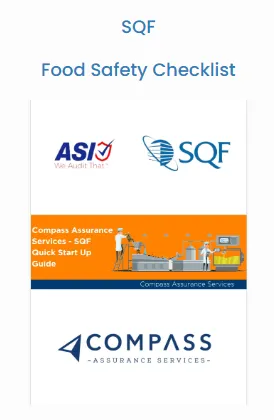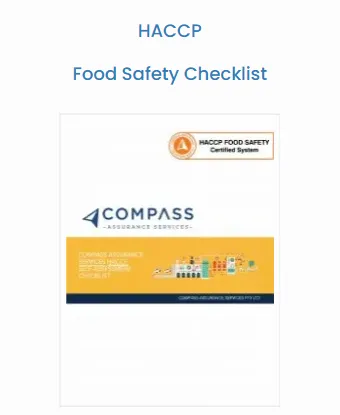Imagine waking up in the morning, ready to whip up a delicious breakfast for yourself and your loved ones. You’re envisioning a delightful start to the day, filled with laughter and shared moments over a hearty meal. Fast forward a few hours, and suddenly, your stomach is doing somersaults, and you’re hit with a wave of discomfort. To make matters worse, you receive a call from your child’s school reporting that they’re feeling unwell too – throwing up, battling diarrhea, and in significant pain. Rushing them to the hospital, you realise that the breakfast you all enjoyed earlier was anything but harmless; it’s given your entire family a severe case of food poisoning. Now, instead of going about your day, you’re faced with the daunting task of taking care of not just yourself, but also your sick child. Sadly, this nightmare scenario isn’t uncommon – according to the World Health Organisation, a staggering 600 million people worldwide experience food poisoning each year, with 420,000 fatalities and an estimated loss of 33 million healthy years annually.
Fortunately, for many of us, such traumatic experiences are prevented, thanks to stringent food safety measures enforced through certifications like HACCP (Hazard Analysis and Critical Control Points) and SQF (Safe Quality Food). These certifications serve as guardians of our well-being, ensuring that companies adhere to the highest standards of food safety and prioritise consumer health over profit margins. The roots of such regulations trace back centuries to the 13th-century implementation of ‘The Assize of Bread’ in England marking the first legal effort to safeguard consumers against contaminated food, regulating the quality, size, and price of bread and beer products. While the landscape of food safety has evolved significantly since then, the core objective remains unchanged – protecting us against a multitude of potential threats, from bacteria and viruses to parasites and chemical substances.
Among these threats, bacteria reigns supreme as the leading cause of foodborne illnesses, thriving in temperatures ranging from 5 to 60 degrees Celsius and capable of doubling their numbers every few hours under optimal conditions. Common culprits like Salmonella, Listeria, Vibrio, and E.coli lurk in contaminated foods, triggering symptoms such as fever, headaches, nausea, vomiting, abdominal pain, and diarrhea. Viruses, though physically smaller than bacteria, pose equally formidable challenges, infiltrating our cells to multiply and wreak havoc on our bodies. Despite their contrasting modes of attack, both bacteria and viruses elicit similar symptoms, including abdominal discomfort, nausea, vomiting, diarrhea, fever, and headaches.
In Australia alone, there are a staggering 4.1 million cases of food poisoning reported annually, highlighting the pressing need to strengthen our nation’s food safety standards. According to the Global Food Security Index by GFSI (Global Food Safety Initiative), Australia’s ranking in 2022 failed to secure a spot in the top 10 countries for food quality and safety, trailing behind nations like Israel and Argentina. These statistics highlight the need for collective action to elevate our food safety practices, whether through enhanced educational initiatives or tighter regulatory measures within businesses operating in the food industry.
For businesses seeking to strengthen their food safety protocols, certifications such as HACCP and SQF offer invaluable frameworks. HACCP certification serves as the foundational step, mandating the implementation of a comprehensive food safety management plan. Subsequently, obtaining an SQF certification builds upon the HACCP framework, signifying a commitment to even higher standards without requiring an additional certification document.
Want to know more about how SQF or HACCP could be integrated into your business? You can call our friendly team on 1300 495 855 or view the checklists our food safety auditors have created.





